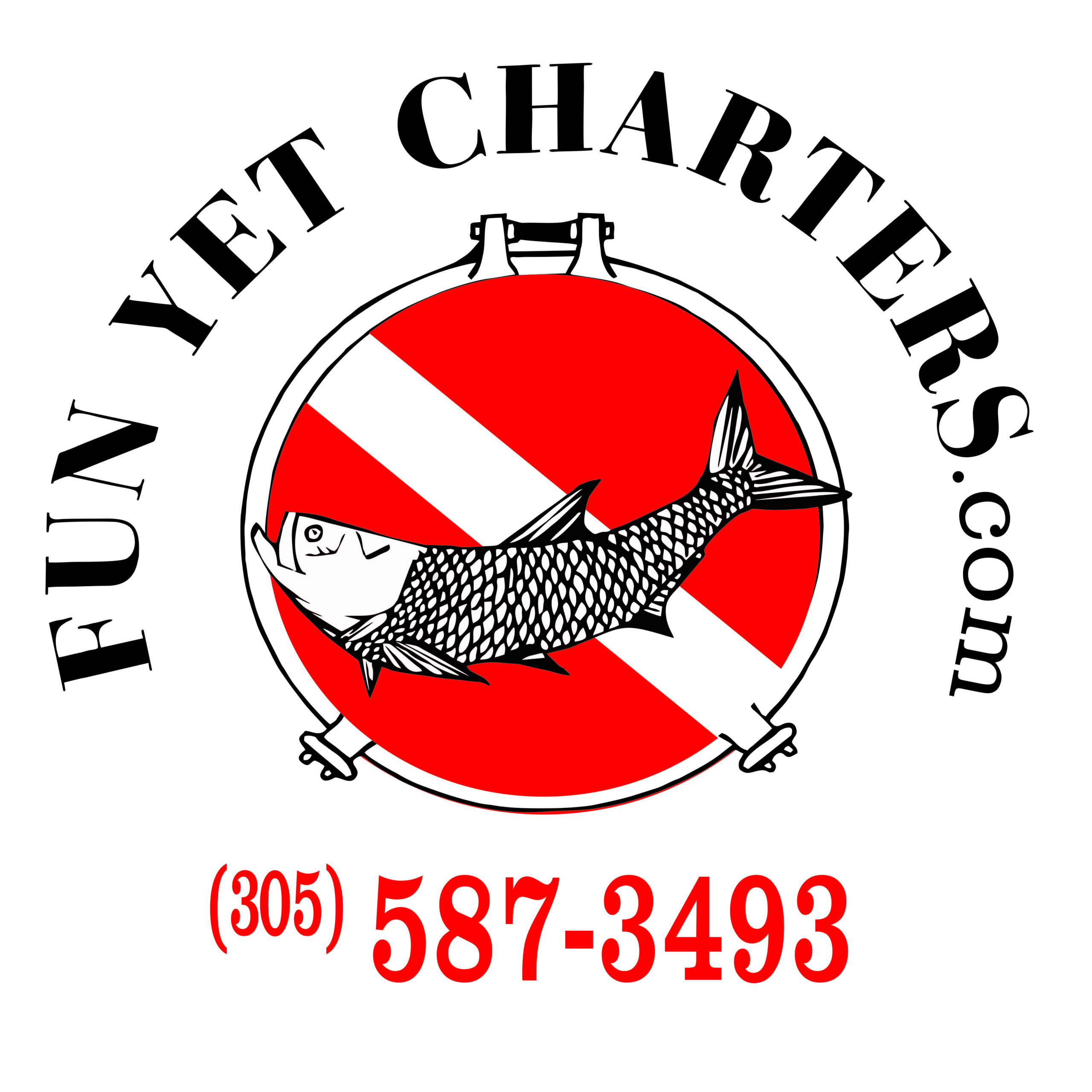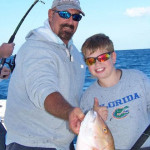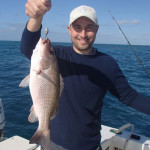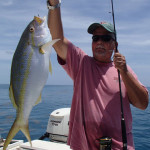I wish people would quit looking at me funny when I say that I go both ways. For me it means that I fish both the offshore and inshore waters. And, yes, I am also afflicted with fishing ADD when I am in the back country. We are entering the time of year when the back country really is at its peak in terms of activity and availability of species.
I don’t trailer my flats boat as do so many other guides that fish the Lower Keys, so when I depart from Little Torch I tend to stay in a strip of water that includes about fifteen miles of water from the Harbor Keys including the famous Coupon Bight to the even more renowned Content Key area. All of the major species can be found on both the Gulf and Atlantic sides of the Lower Keys.
The Atlantic side, just outside of the harbor, is the primary travel route for the migrating tarpon that trek through here every year. Just inside the island chain that makes up the Harbor Keys there is Coupon Bight. This basin is a resting and feeding area for these same fish on their trek. The flats surrounding these Islands hold all of the other major species of flats fish. Likewise the Content Keys hold all of these species and more. There is no better area for permit in the Keys save maybe the Marquesas.
Like my trips offshore I don’t like to pigeon hole myself into fishing for one type of flats quarry. This time of year you can find bonefish, permit, tarpon, redfish, barracuda and sharks to name just the most prominent of the species found around Little Torch Key. Not wanting to miss shots at any of these species means being prepared for all of them. When fishing with bait fishermen, I rig a battery of rods for just about any contingency
I usually rig four rods that are ready baited for the main species found here. The first rod will be rigged with shrimp. I keep this ready with a twenty to twenty five pound fluorocarbon leader and a 1/0 bait holder hook. By the way I use a 1/0 bait holder for everything from the smallest bone fish to seven foot lemon sharks. Trust me, it works remarkably well and makes releasing the large sharks easy by just tugging on the leader to snap the hook off at the bend.
The shrimp is rigged weed less by removing the tail and inserting the hook along from the tail end, then exiting the underbelly of the shrimp rotating it around and going back into the shrimp. The shrimp will be thrown at bonefish, redfish and bonnet sharks. It will also work on baby tarpon and jacks.
The next bait is a crab. These silver dollar sized swimming crabs are hooked through either point in the edge of the shell and are reserved for the permit even though larger bonefish redfish and tarpon will happily feed on them given the right conditions.
The last live bait will be a pinfish on a steel leader. This is for presentation to the toothy guys such as lemon and black tip sharks. The last rod is rigged for barracuda. This is the only rod rigged with artificial bait. I usually keep a tube lure in either chartreuse or fluorescent orange ready to cast to cruising fish.
Of course once you’re rigged and ready you’ll have to find the fish and that means staying with them as they move on and off of the flats to feed. Flats fishing means paying close attention to the tides and what that means to the fish that you are targeting.
Most fish that frequent the flats want a moving tide to help them move and find forage. The top and bottom of the tide will usually find the fish in a resting mode and you will have to work overtime to find them in the first place and then to get them to feed if you do. For this reason, guides will try to fish the tides as they are moving and will move their location during the day to stay within the range of the tides they want to fish.
The tides move throughout the Keys almost in waves. Imagine a wave starting in Key West then moving along the Gulf side of the Keys from west to east and then filling in between the Keys as it goes, then receding to do it all over again. The tides run approximately every six hours from high to low with about fifty minutes difference each day. This tidal “wave” takes about four hours to reach from Key West to the Content Keys. Now to make things even more fun imagine another wave running along the Atlantic side of the Keys that only takes one hour to reach the opposite side of the Lower Keys by the Harbor Keys.
There are some great products on the market that will help you predict the tides that are available with many modern GPS devices. There are also “apps” for hand held smart phones and NOAA has an extensive listing of tidal stations on their website. These tide charts are all based on movements of the sun and moon. There are factors that can throw off these predictions by up to a couple of hours. The wind affect can push, in or out, the wave of water making the tides early or late. They can also stack extra water into basins or literally blow water out of the harbors. Air pressure also affects the water by pushing water out when the pressure is high and sucking water in when it is low.
All this being said you don’t have to run far to find water that is beneficial to the fish that are feeding. So whether you are running from Key West and following the wave to the east or working north and south throughout the length of the Lower Keys between the string of islands you do need to keep moving to stay in the most productive tides.
When things are working well you can have several different species all hooked up at the same time. On one occasion I had a group of three anglers all hooked up at once: one with a permit, one with a bonefish and the last with a lemon shark. The bottom line is to follow the tides and the fish will follow.




